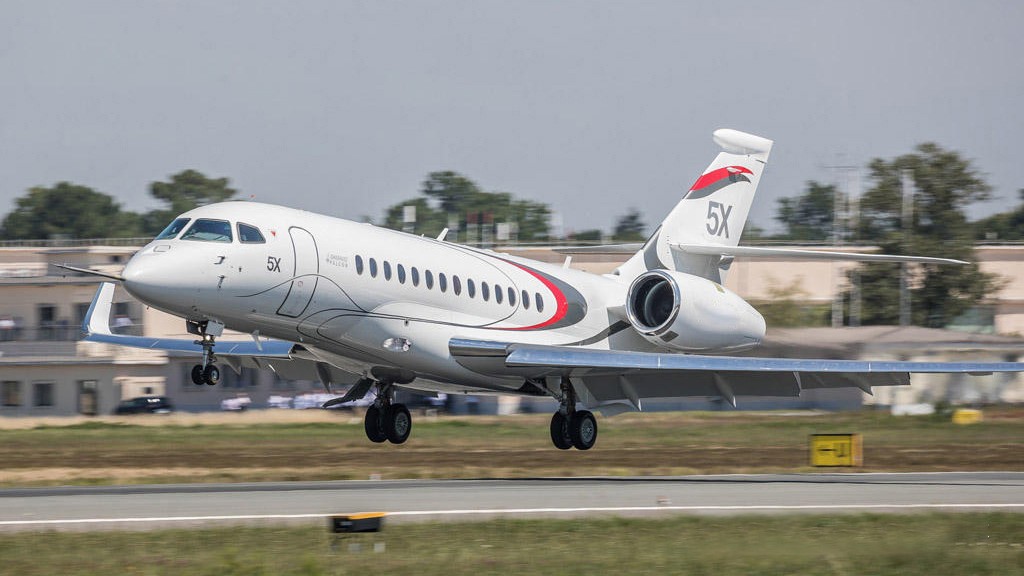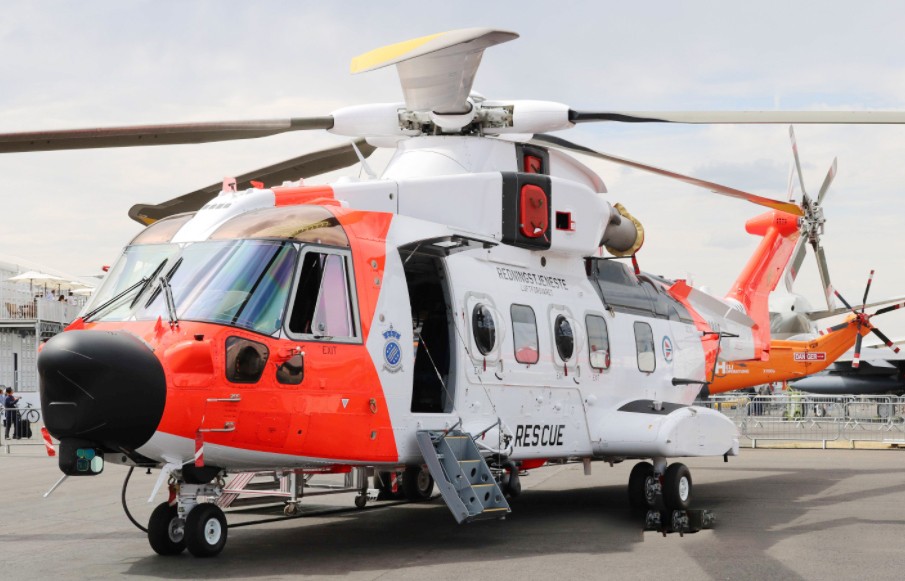Typical applications of carbon fiber products in aviation, aircraft, helicopter
- 2023-10-31
The application advantages of carbon fiber in the aviation field are mainly reflected in the following aspects:
-
Lightweight: reduce weight and improve energy efficiency
-
Very high stiffness
-
Excellent tensile and bending properties
-
High impact resistance
-
Thermal resistance
-
Good shock absorption;
-
Conductivity
-
Low thermal expansion coefficient
Application in the field of civil aviation
Initially, the use of carbon fiber was limited to aircraft secondary structures (such as seats, hatches, certain bulkheads, etc.). As the advantages of carbon fiber materials became prominent, the use of this material was later extended to major structural components: wings, fuselage, rudders, and engines.

Today, modern airliners, such as the Boeing 787 and Airbus A350, are made up of more than 50 percent composite materials. Manufacturers choose carbon fiber to reduce aircraft weight, carbon fiber has become an indispensable material in the design of cutting-edge aircraft, and provides aircraft with the following advantages:
Reduce consumption
-
More environmentally friendly
Increased passenger capacity
-
Fly farther
-
Longer life
-
Benefit from lower maintenance costs
Fafer

Civil helicopter application
Carbon fiber is increasingly being used in the next generation of civilian helicopters due to its achievements in military operations:
-
Blades and propellers
-
Body
-
Rotor hub
-
Tail rotor
-
Engine

Safety, reliability, high performance and lower operating costs are top priorities for helicopter manufacturers. This makes carbon fiber an ideal reinforcement for composites and prepregs. Carbon fiber is used in Airbus, Leonardo, AgustaWestland and HAL helicopter projects.





